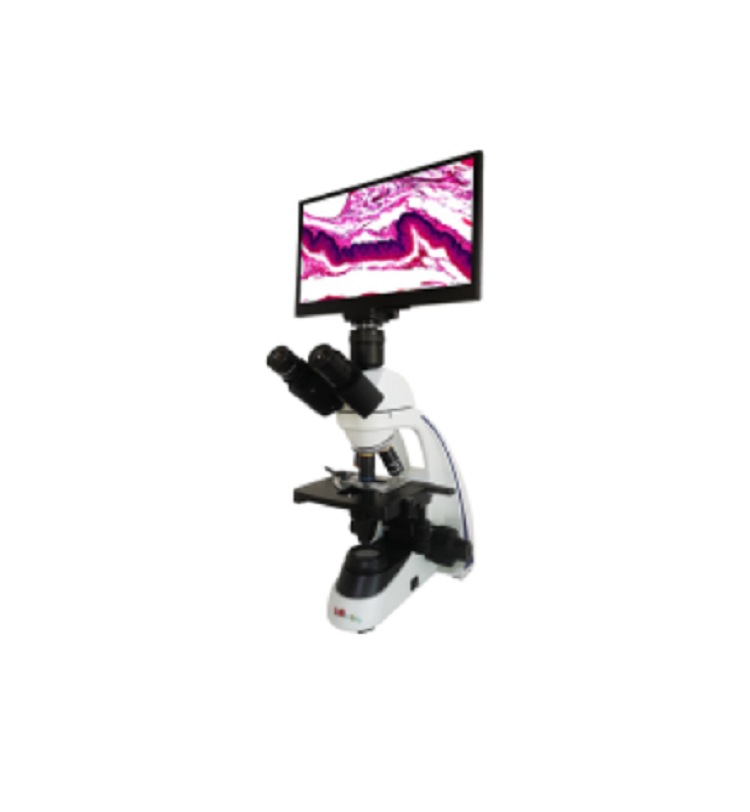Call Us
+60146641481


Biological Microscope LMBM-402
150.00 - 350.00 USD ($)/Piece
Product Details:
- Bacteria Filtration Efficiency Biological Microscope LMBM-402
- Color Natural Color
- Tensile Strength LMBM-402 Newtons per Millimetre Squared (N/mm2)
- Weight 5.5 Milligram (mg)
- Frequency 0.2 Milihertz
- Gender Male
- Function 0.2
- Click to view more
X
Biological Microscope LMBM-402 Price And Quantity
- 150.00 - 350.00 USD ($)/Piece
- 1 Piece
Biological Microscope LMBM-402 Product Specifications
- 5 Years
- 0.2
- Male
- Biological Microscope LMBM-402
- 0.2 Milihertz
- 0.2 Watt (W)
- LMBM-402 Newtons per Millimetre Squared (N/mm2)
- 5.5 Milligram (mg)
- Biological Microscope LMBM-402
- Biological Microscope LMBM-402 Centimeter (cm)
- Natural Color
Biological Microscope LMBM-402 Trade Information
- USA
- Telegraphic Transfer (T/T) Letter of Credit (L/C) Western Union Letter of Credit at Sight (Sight L/C)
- 5000 Piece Per Week
- 7 Week
- Sample costs shipping and taxes has to be paid by the buyer
- As buyers requirements
- Middle East South America Eastern Europe Western Europe
- All India
Product Description
biological microscope, also known as a compound microscope, is a scientific instrument used for observing and studying microscopic objects such as cells, tissues, bacteria, and other biological specimens. It consists of multiple lenses that magnify the specimen, allowing researchers, students, and scientists to explore the intricate details of the microscopic world.
Biological microscopes are widely used in various fields, including biology, medicine, research laboratories, education, and more. They play a crucial role in advancing our understanding of the microscopic structures and processes that exist within living organisms.
FAQs:
Q: How does a biological microscope work?
A: A biological microscope uses a combination of lenses to magnify and focus light passing through a specimen. The basic components of a biological microscope include an objective lens, an eyepiece or ocular lens, and a light source. The objective lens collects light and forms an enlarged image of the specimen. The eyepiece further magnifies the image, allowing the viewer to see a highly magnified view of the specimen. The light source illuminates the specimen, making it visible under the microscope.
Q: What are the magnification capabilities of a biological microscope?
A: Biological microscopes typically have multiple objective lenses with different magnification levels, commonly ranging from 4x to 100x or higher. By combining different objective lenses with the magnification of the eyepiece, the total magnification can range from 40x to 2000x or more. This enables users to observe microscopic details with high levels of precision.
Q: What types of specimens can be observed with a biological microscope?
A: A biological microscope allows for the observation of a wide range of specimens. It is commonly used to study biological samples such as cells, tissues, blood smears, bacteria, fungi, and microscopic organisms. Additionally, it can be used for examining plant structures, insect parts, mineral samples, and other small objects that require high magnification.
Q: Are there different types of biological microscopes?
A: Yes, there are different types of biological microscopes designed for specific purposes. Some common types include monocular microscopes (with a single eyepiece), binocular microscopes (with two eyepieces for comfortable viewing), trinocular microscopes (with an additional port for attaching a camera or imaging system), and inverted microscopes (used for observing specimens in a culture dish). Additionally, specialized microscopes such as fluorescence microscopes and confocal microscopes are used for specific research applications.
Enter Buying Requirement Details








